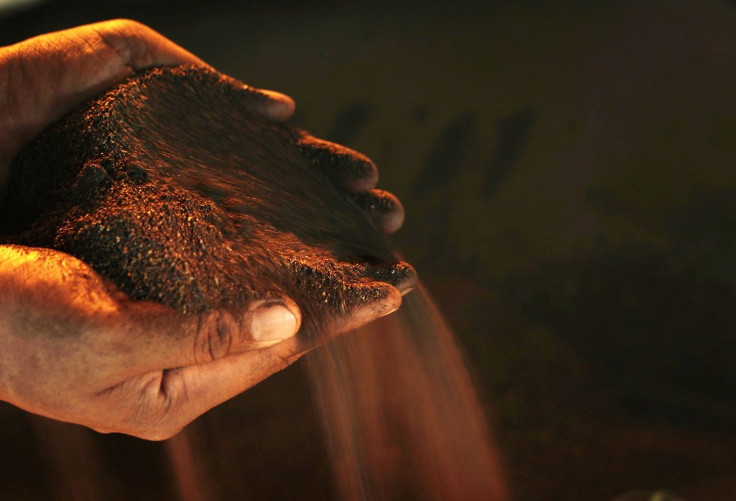Latest market rout in China ‘unsurprisingly’ hit base metals

Investors, as well as economists and analysts observing the last trading, are no longer surprised by the collective nose-dive of metal prices on the London Metals Exchange (LME).
On last trading, aluminium closed 1.4 percent weaker at US$ 1,526 a tonne, while zinc slid down anew by 2.3 percent at $US1,726 a tonne, Markets Spectator reported. Lead crashed 3.1 percent at US$1,649 a tonne, and tin also finished weaker by 2.8 percent at US$14,490 a tonne.
In mid-morning trade, three-month copper contract remained dismal at 2.3 percent or US$4,936.50 per metric tonne. The metal already stumbled at its lowest level since 2009 in earlier trading at $US4,903 a tonne. Nickel, which is expected to recover from weak prices in Q3 of this year, also closed 6.4 percent weaker at US$9,550 a tonne.
1 USD = 1.39 AUD
International banks and economists remain divided over nickel’s future this year. With the exception of British multinational bank HSBC, almost every financial institution believes that the metal will record weak prices until the year ends. It could only be changed if a sudden demand surge from China occurs, which is unlikely to happen as local steelmakers remain reluctant of resuming old purchasing habit due to weak economy.
Analysts from giant banks say that this could still be reversed if the supply segment unexpectedly fails to meet the currently low demand. Some mining companies thrive on the current shaky metals market, as investors still look at them as the future of the segment, especially if the supply dearth finally kicks in.
Amur Minerals (London AIM: AMC) , for instance, has managed to maintain its share prices at high levels since 2014 despite weak metals prices on the global market. In the second quarter of this year, the firm’s share prices skyrocketed by over 100 percent after obtaining pre-production licence from the Russian government in May.
The latest rout
Monday saw one of the worst trading days in many years. The Chinese market slumped into its lowest in decades, and it was so powerful that it paralysed almost every financial market in the world — from Europe to Southeast Asia down to the United States. Many economists believe that this “global crash” is an ugly presentiment that could lead to a global economic slowdown that could replicate the mid-2000s financial crisis.
But one company executive say that this is not as bad as what others believe.
“I’m not a buyer that this is the crisis of all crises. Yes, this is a very unpleasant repricing, very unpleasant. And it’s going to go quite deep, but it’s not going to derail the economy in a major way,” Mohamed El-Erian, former CEO of Pimco, told the media yesterday.
But it was the euro market that felt the hardest blow. Although the Eurofirst 300 index managed to recover from a vicious 8.2 percent loss, Irish Times reported that it still closed at a weak level by losing 5.4 percent, the index's worst since the 2009 financial crisis.
Fortunately, a lot of market analysts agree that while it was undoubtedly one of the most awful routs in recent history, it is not yet the worst, as this was just “more of a correction in Western markets” and “one to remember for years to come.”
“The mood is one of apprehension and worry. When prices are this volatile, it’s natural for investors to recall the financial crisis, and then they become fearful,” said Jim Kochan, a strategist at Wells Fargo Fund Management, told the Financial Times.
Contact the writer at feedback@ibtimes.com.au, or let us know what you think below.






